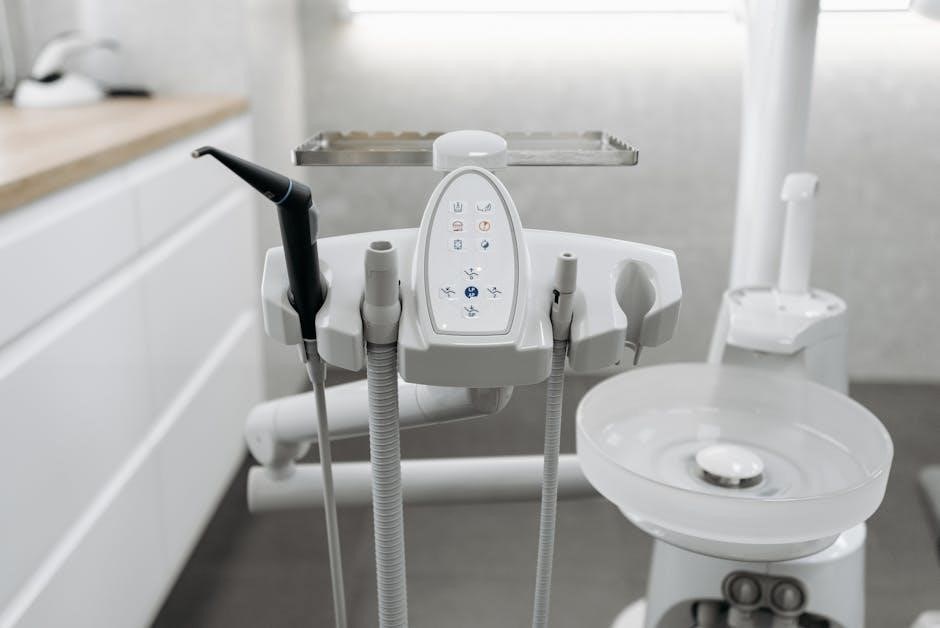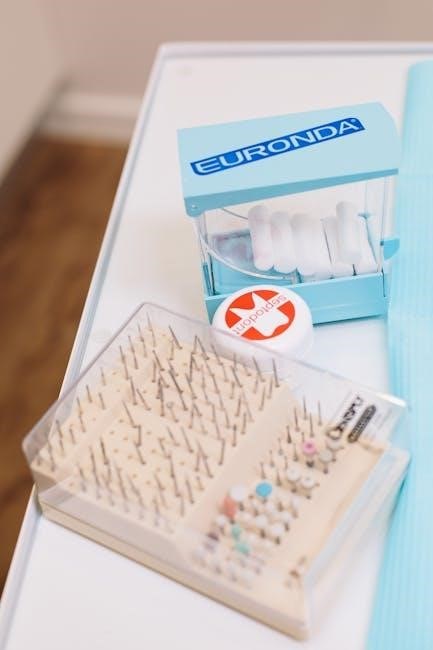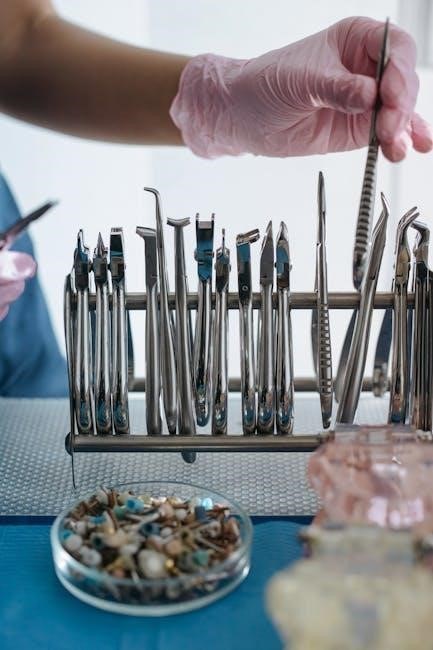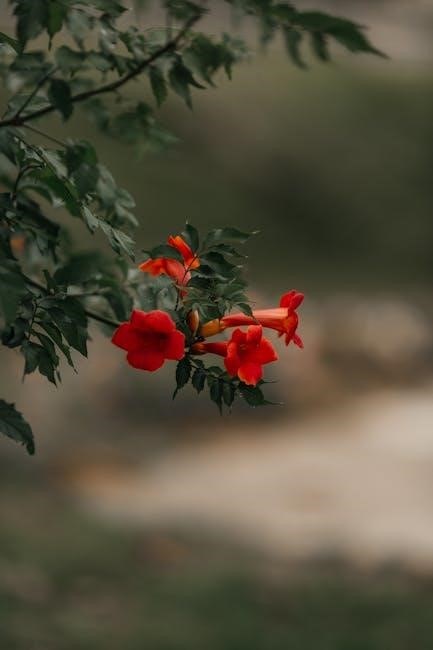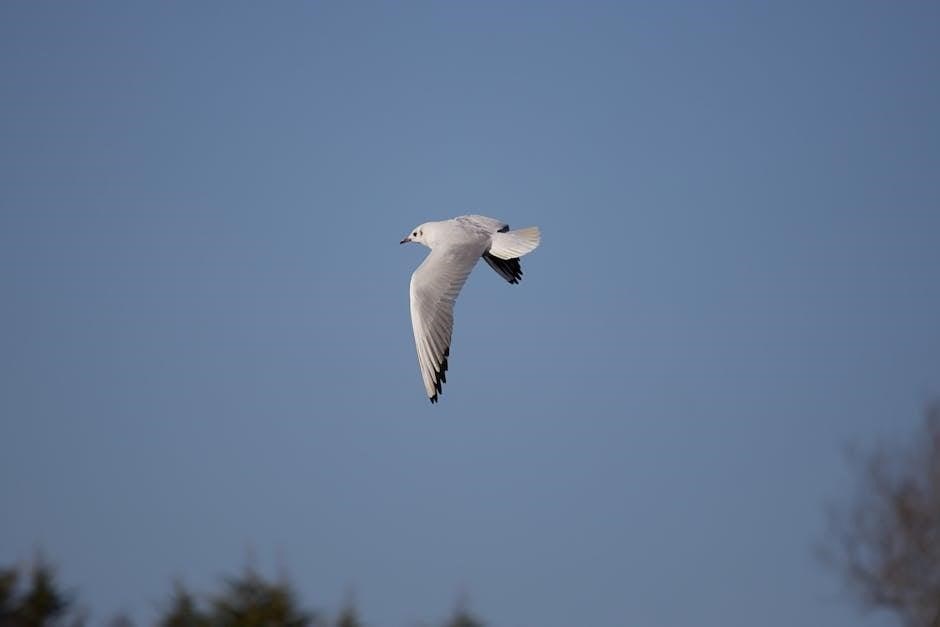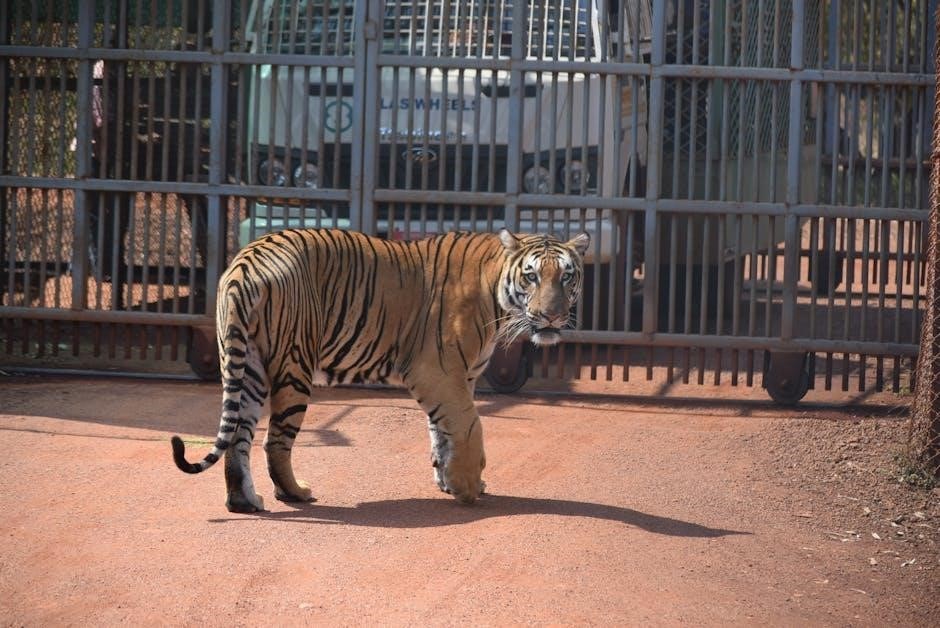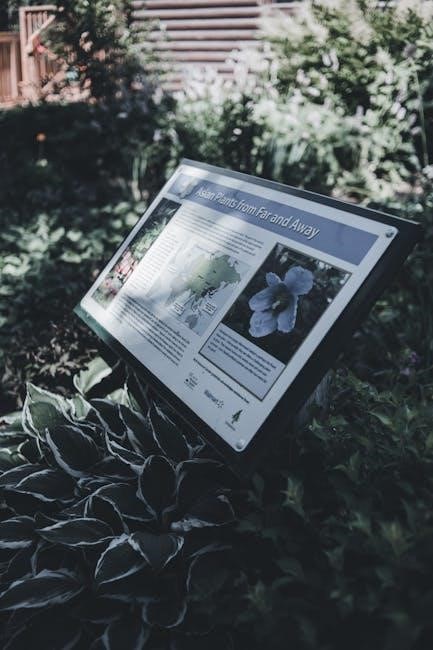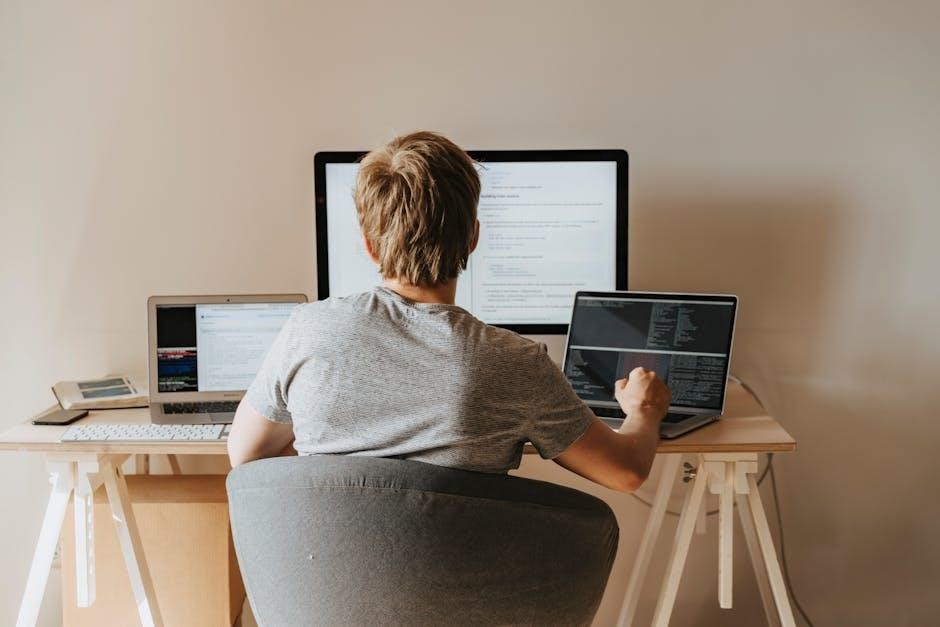PDF boot patterns offer a revolutionary approach to crafting footwear, enabling both beginners and experienced artisans to create stunning boots from scratch.
These digital blueprints provide accessible guides, like Lougaya’s 3-hour tutorial, and unlock possibilities for making work boots, BJD doll boots, or even custom-fitted leather designs.
Historical resources, such as the 1902 manual digitized as a PDF, demonstrate a long tradition of pattern-based bootmaking, now modernized for the digital age.
What are PDF Boot Patterns?
PDF boot patterns are digitally downloadable templates used for constructing boots and shoes. These patterns, often available as detailed PDF tutorials, contain all necessary pieces for cutting leather or fabric.
They range from simple beginner guides for crafting BJD doll boots to complex designs for custom-fitted leather work boots.
Essentially, they are modern adaptations of historical pattern books, like the 1902 manual, offering a convenient and accessible way to embark on bootmaking projects.
Why Use PDF Boot Patterns?
PDF boot patterns provide cost-effectiveness and convenience compared to traditional methods. They eliminate the need for expensive physical patterns and offer instant access to a wide variety of designs.
Beginners benefit from step-by-step guides and tutorials, like Lougaya’s, while experienced crafters enjoy customization options.
These patterns facilitate crafting unique boots – from work boots to doll shoes – fostering creativity and skill development.
Historical Context of Boot Making Patterns
Boot making patterns have evolved from early techniques to formalized systems, exemplified by the 1902 manual now available as a PDF.
These historical resources demonstrate a longstanding tradition of pattern-based construction.
Early Boot Making Techniques
Early boot making relied heavily on skilled artisans shaping leather directly onto lasts, with limited standardized patterns. Techniques involved stretching, molding, and stitching leather pieces, often customized to individual feet.
Before the advent of detailed pattern books, knowledge was primarily passed down through apprenticeships. The 1902 manual, now accessible as a PDF, represents a pivotal shift towards documenting and disseminating these techniques, offering a glimpse into a pre-digital era of craftsmanship.
The Rise of Pattern Books (e.g., 1902 Manuals)
The late 19th and early 20th centuries witnessed a surge in published pattern books, democratizing boot making. These manuals, like the comprehensive 1902 guide now available as a PDF, provided standardized shapes and instructions.
This allowed for more consistent production and enabled wider access to boot-making knowledge. Digitization of these historical resources preserves valuable techniques and offers modern crafters a foundation for creating boots.

Types of Boots You Can Make with PDF Patterns
PDF boot patterns unlock diverse possibilities, from practical work boots and miniature BJD doll footwear to fully customized, hand-crafted leather boots tailored to your exact fit.
Work Boots
PDF patterns simplify the creation of durable work boots, offering a cost-effective alternative to purchasing pre-made options. Tutorials, like those found online, guide makers through the process of constructing robust footwear suitable for demanding environments.
These patterns often include detailed instructions for reinforcing key stress points, ensuring longevity and providing a comfortable, secure fit. You can tailor the materials – leather or heavy-duty fabric – to suit specific job requirements, crafting truly personalized work boots.
BJD Doll Boots
PDF boot patterns open a world of miniature footwear design for Ball-Jointed Dolls (BJDs). These patterns allow crafters to create exquisitely detailed boots in various styles, from rugged to elegant, perfectly scaled for their dolls.
Online tutorials demonstrate how to adapt techniques for smaller projects, utilizing fabric or thin leather. The precision of PDF instructions ensures a professional finish, enhancing the aesthetic appeal of your BJD collection and offering unique customization options.
Custom-Fitted Leather Boots
PDF boot patterns empower artisans to craft truly bespoke leather boots, tailored to the unique contours of their feet. Utilizing these patterns, combined with Lougaya’s detailed methods, allows for precise adjustments and a superior fit.
The five-sevenths rule and VJ line measurements, integral to pattern scaling, ensure accuracy. Digital tutorials guide users through the process, transforming a PDF into a comfortable, durable, and personalized pair of leather boots.
Essential Tools and Materials
PDF boot projects require basic cutting tools, sewing machines, and quality leather or fabric. Resources detail necessary components for assembling patterns, from the 1902 manual to modern PDF tutorials.
Required Tools for Cutting and Sewing
PDF boot construction demands precision. Essential tools include a sharp cutting mat, rotary cutter, or sturdy scissors for accurately transferring pattern pieces. A reliable sewing machine capable of handling leather or durable fabrics is crucial.
Hand-sewing needles, awls for punching holes, and specialized leather sewing tools may be needed depending on the chosen materials and techniques. Don’t forget strong thread, measuring tapes, and pattern weights for a smooth workflow!
Materials: Leather, Fabric, and Components
PDF boot projects require careful material selection. Leather – vegetable tanned, chrome tanned, or even faux leather – forms the core. Durable fabrics like canvas or denim are suitable for linings and lighter boots.
Essential components include sturdy soles (rubber or leather), heel stacks, reinforcing counters, eyelets, laces, and appropriate adhesives. The choice depends on the desired boot style and intended use, impacting both aesthetics and durability.
Understanding Boot Pattern Anatomy
PDF boot patterns typically comprise four main shapes, demanding precise cutting and assembly. Key measurements, like the VJ line at 65 degrees, and the five-sevenths rule for foot length, are crucial for fit.
Key Pattern Pieces (Four Main Shapes)
PDF boot patterns generally consist of four essential pieces, each contributing to the boot’s overall structure and fit. These shapes include the vamp, which forms the front of the boot, the quarter, defining the heel and ankle area, the lining pieces mirroring the outer components, and the sole pattern.
Successfully assembling these four shapes, as detailed in PDF tutorials, requires careful alignment and taping, ensuring a cohesive and well-constructed boot. Understanding each piece’s role is fundamental to the crafting process.
Base Line and Angle Measurements (VJ Line ⎻ 65 degrees)
PDF boot pattern construction relies heavily on precise measurements, particularly the base line and the VJ line. The VJ line, crucially set at a 65-degree angle to the base line, dictates the boot’s shape and ensures proper fit around the ankle and instep.
This angle, fundamental to the pattern construction system, is often five-sevenths the length of the foot, influencing the overall proportions and comfort of the finished boot.
Foot Length and Pattern Scaling (Five-Sevenths Rule)
Accurate foot length measurement is paramount when utilizing PDF boot patterns. The “five-sevenths rule” is a key principle in scaling patterns correctly; it establishes a proportional relationship between foot length and specific pattern dimensions.
Applying this rule ensures the boot’s shape accommodates the foot’s size, preventing issues like tightness or looseness. Proper scaling, combined with the 65-degree VJ line, yields a well-fitting, comfortable boot.

Step-by-Step Guide to Using PDF Boot Patterns
PDF boot patterns require printing, assembly, and careful cutting of pattern pieces. Following a tutorial, like those available online, guides sewing and boot construction.
These resources demonstrate assembling shapes and taping them together for accurate results.
Printing and Assembling the Pattern
Successfully printing PDF boot patterns demands accuracy; ensure your printer settings match the pattern’s scale, often verifying with a test square.
After printing, carefully cut out each pattern piece. Then, meticulously assemble them by aligning corresponding lines and securely taping them together – this creates the full-size pattern.
Precise assembly is crucial for a well-fitting boot, so double-check all connections before proceeding to the cutting stage.
Cutting Out the Pattern Pieces
Accurate cutting is paramount when working with PDF boot patterns. Using a sharp rotary cutter or sturdy scissors, carefully trace each assembled pattern piece onto your chosen material – leather, fabric, or components.
Pay close attention to grain direction, especially with leather, and add seam allowances as indicated in the pattern instructions.
Precise cuts directly impact the final fit and appearance of your boots.
Sewing and Assembling the Boot
Sewing and assembling a boot from a PDF pattern requires patience and precision. Begin by carefully joining the pattern pieces, following the order outlined in the tutorial or instructions.
Utilize appropriate stitches and techniques for your chosen materials, ensuring strong and durable seams.
Gradually build the boot’s structure, paying attention to shaping and alignment for a professional finish.
Resources for Finding PDF Boot Patterns
PDF boot patterns are readily available through online retailers and marketplaces; Options range from free introductory patterns to detailed, paid designs for various boot styles.
Explore digital tutorials for guidance!
Online Retailers and Marketplaces
Numerous online platforms host a diverse selection of PDF boot patterns. Etsy is a popular marketplace brimming with independent designers offering unique styles, from rugged work boots to delicate doll footwear.
Dedicated pattern shops and crafting websites also provide extensive catalogs. Consider exploring options based on skill level – beginner-friendly patterns are widely available alongside more complex designs.
Always check reviews and pattern details before purchasing to ensure a successful crafting experience!
Free vs. Paid Patterns
Free PDF boot patterns can be a fantastic starting point for beginners, offering a low-risk way to learn basic techniques and assess pattern clarity. However, these often have limited sizes or design options.
Paid patterns generally provide more comprehensive instructions, detailed diagrams, and a wider range of sizes and styles. They frequently include support from the designer, ensuring a smoother crafting process.
Investing in paid patterns often yields higher-quality results!

Advanced Techniques & Customization
PDF boot patterns allow for fit adjustments and design flourishes. Explore pattern alterations, add unique details, and personalize your creations for a truly bespoke result!
Pattern Adjustments for Fit
PDF boot patterns often require scaling, utilizing the five-sevenths rule for accurate foot length representation. Careful attention to the VJ line – ideally at 65 degrees – is crucial for proper ankle shaping.
Addressing pattern scaling problems is key; adjustments ensure a comfortable, custom fit. Consider individual foot measurements and modify pattern pieces accordingly, refining the design for optimal wearability and personalized comfort.
Adding Design Elements and Details
PDF boot patterns serve as a foundation for creative expression. Beyond basic construction, personalize your boots with unique design elements. Explore adding decorative stitching, incorporating different leather textures, or experimenting with varying shaft heights.
Detailed tutorials and guides can inspire customization. Consider embellishments like buckles, straps, or intricate tooling to elevate your handmade boots, transforming a simple project into a statement piece.

Troubleshooting Common Issues
PDF boot pattern challenges include scaling problems and sewing difficulties. Ensure accurate printing and pattern piece alignment. Careful cutting and precise stitching are crucial for success!
Pattern Scaling Problems
Scaling PDF boot patterns correctly is vital for a proper fit. Incorrect printing can drastically alter dimensions, leading to ill-fitting boots. Always verify the test square on the PDF to confirm accurate scaling before cutting.
Remember the five-sevenths rule for foot length adjustments; miscalculations here cause significant issues. If discrepancies arise, double-check printer settings and consider professional printing services for precise results.
Consistent scaling across all pattern pieces is paramount for a cohesive final product.
Sewing Difficulties
Sewing boot patterns, especially with leather, presents unique challenges. Thick materials require heavy-duty needles and robust sewing machines. Aligning pattern pieces accurately during assembly is crucial, as even slight misalignments impact the boot’s shape.
Following the PDF tutorial’s instructions closely, particularly regarding seam allowances, minimizes errors.
Practice on scrap leather first to master stitch length and tension, ensuring durable and aesthetically pleasing results when crafting your boots.
Lougaya’s Method: A Detailed Approach
Lougaya’s technique provides a comprehensive 3-hour tutorial for crafting boots, demonstrating how to utilize PDF patterns and achieve a custom fit through detailed instruction.
Overview of Lougaya’s 3-Hour Tutorial
Lougaya’s intensive 3-hour tutorial focuses on practical application of PDF boot patterns, guiding viewers through the entire process of creating a pair of boots by hand.
The tutorial emphasizes clear demonstrations, breaking down complex steps into manageable segments, and providing valuable insights into pattern adjustments for optimal fit.
It’s a fantastic resource for those seeking a detailed, visual guide to bootmaking, leveraging digital patterns for personalized footwear creation.
Key Concepts in Lougaya’s Technique
Lougaya’s technique centers around precise pattern manipulation and understanding the anatomy of a boot, utilizing PDF blueprints as a foundation.
A core principle involves adapting the pattern to individual foot measurements, ensuring a comfortable and custom fit.
She stresses the importance of accurate cutting and careful assembly, transforming flat PDF pieces into a three-dimensional, wearable boot, accessible through her detailed guide.
The Multi-Volume Book on Boots and Shoes
This comprehensive, digitized book from 1902 details boot and shoe making, manufacture, and selling, offering 292 pages of historical patterns and techniques.
It’s a valuable resource alongside modern PDF guides.
The multi-volume book comprehensively covers the entire boot and shoe lifecycle, starting with detailed making instructions and progressing through large-scale manufacture.
It delves into the business aspects, including strategies for successful selling and market penetration.
Alongside modern PDF boot patterns and tutorials, this historical text provides a foundational understanding of the craft, from pattern construction to commercial viability.
It’s a complete resource for aspiring bootmakers.

Digital Tutorials and Guides
PDF tutorials offer a convenient way to learn bootmaking, complementing PDF patterns with visual step-by-step instructions.
Video formats, like Lougaya’s, enhance understanding and simplify complex techniques for crafting awesome boots.
Benefits of Video Tutorials
Video tutorials significantly enhance the learning experience when working with PDF boot patterns, offering a dynamic and visual guide to complex techniques. Unlike static PDF instructions, videos demonstrate each step, clarifying assembly and sewing processes.
Resources like Lougaya’s 3-hour tutorial provide real-time demonstrations, making it easier to grasp pattern adjustments and customization. This format is particularly beneficial for beginners navigating the intricacies of boot construction, ensuring a smoother crafting journey.
Navigating PDF Tutorials
Successfully utilizing PDF boot tutorials requires a strategic approach. Begin by thoroughly reviewing the pattern pieces and accompanying instructions before cutting any materials. Many tutorials, like those found online, detail assembling the pattern and sewing techniques.
Pay close attention to scaling instructions, utilizing the five-sevenths rule for accurate fit. Remember to pause and rewind video segments as needed, ensuring a clear understanding of each step in the boot-making process.

Crafting Awesome Boots: Beginner’s Guide
PDF boot patterns empower beginners to create footwear with basic tools! This guide utilizes easy-to-follow instructions, perfect for crafting your first pair of boots.
Start with simple designs and readily available materials for a rewarding experience.
Basic Tools and Techniques
PDF boot crafting begins with essential tools: sharp scissors for precise pattern cutting, a sturdy awl for punching holes, and strong needles for hand-sewing or a sewing machine.
Mastering basic stitches, like the running stitch and backstitch, is crucial. Learn to accurately transfer PDF pattern pieces onto your chosen material – leather or durable fabric.

Understanding how to assemble the four main shapes, as outlined in many PDF tutorials, forms the foundation for successful boot construction.
Step-by-Step Project for Beginners
Start with a simple ankle boot PDF pattern. First, print and assemble the pattern accurately, taping pieces together as instructed. Carefully cut out all pattern pieces from your chosen material.
Follow the PDF tutorial to sew the upper together, then attach it to a pre-made sole. Focus on clean stitching and precise alignment.
This beginner project builds confidence and introduces fundamental techniques for crafting awesome boots from scratch!

Pattern Construction Systems
PDF boot patterns often utilize a specific system, like the five-sevenths rule for foot length, and a 65-degree VJ line angle.
Understanding this system is crucial for adapting designs and achieving a proper fit.
Understanding the System
PDF boot pattern systems rely on precise measurements and angles for accurate construction. The foundational VJ line, typically set at 65 degrees to the baseline, dictates the boot’s shape and fit.
Foot length is a key factor, often scaled using the five-sevenths rule to determine crucial pattern dimensions.
Mastering these core principles allows for successful pattern adjustments and customization, ensuring a well-fitting and aesthetically pleasing final product.
Applying the System to Boot Design
PDF boot patterns translate the established system into tangible designs. Utilizing the VJ line and five-sevenths rule, designers can scale patterns for diverse foot sizes and boot styles.
Whether crafting work boots or delicate BJD doll footwear, consistent application of these principles ensures structural integrity and proportional accuracy.
Customization flourishes within this framework, allowing for unique aesthetic details while maintaining a solid foundation.

Future Trends in PDF Boot Pattern Design
PDF boot pattern design is evolving towards digital customization and seamless integration with 3D modeling technologies, offering personalized fits and innovative aesthetics.
Expect more interactive patterns and virtual prototyping!
Digital Pattern Customization
PDF boot patterns are increasingly embracing digital customization, allowing makers to tailor designs to their precise measurements and preferences. This trend moves beyond simple scaling, offering adjustments for width, instep height, and calf circumference.
Software integration will enable virtual “try-ons” and personalized pattern generation, minimizing fitting issues. Expect interactive PDFs with adjustable parameters, empowering crafters to create truly bespoke footwear. This future promises a perfect fit, every time!
Integration with 3D Modeling
The future of PDF boot patterns lies in seamless integration with 3D modeling software. This synergy will allow designers to visualize boots in a virtual environment, experimenting with styles and construction techniques before cutting any leather.
Imagine modifying a PDF pattern and instantly seeing the changes reflected in a 3D model! This technology will facilitate complex designs and precise pattern adjustments, revolutionizing the bootmaking process.
The World of PDF Boot Making
PDF boot patterns have democratized the art of bootmaking, offering accessible guides and designs for all skill levels. From historical 1902 manuals to Lougaya’s modern tutorials, resources abound for crafting custom footwear.
The integration of PDFs with 3D modeling promises further innovation, enabling personalized designs and precise fits. Embrace this evolving world and embark on your bootmaking journey!


























































